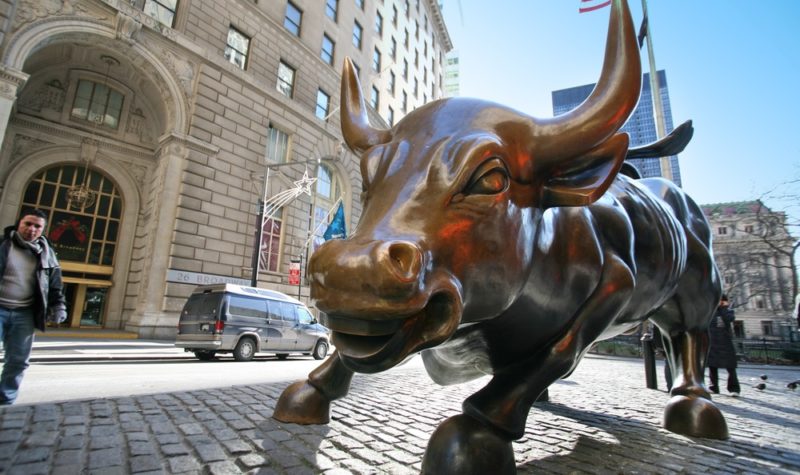Pittards – more opportunity than risk as we look ahead

Looking at this nearly two centuries old group, I have to say that I believe that its shares are significantly undervalued, writes Mark Watson-Mitchell.
This tiny £6.5m capitalised group exports its products to over 44 countries across the globe.
It also boasts a very impressive list of top brand name customers – like Berghaus, Nike, FootJoy, Franklin, Sennheiser, Morgan and Vivo Barefoot.
Based in Yeovil, Somerset, Pittards (LON:PTD), which has been in business since 1826, employs some 150 people at its 8.15 acre site, where it is involved in tannery manufacturing gloving and footwear leather, bags and small leather goods for its own brand Daines and Hathaway and third parties.
Spread sourcing to Africa
From originally using just Somerset sheepskins almost one hundred years ago, the group began sourcing from Africa.
Over in Addis Adaba in Ethopia, the company today employs around 1,000 people in the operation of its four glove factories which have a capacity for garments, bags and footwear uppers. In Edjersa it has a tannery manufacturing gloving and footwear leather.
A global brand
Pittards is a global brand engaged in the design, production and procurement of technically advanced premium leather for sale to manufacturers and distributors of shoes, gloves, luxury leather goods and sports equipment.
It is also involved in the retail of leather and leather goods direct to the consumer, as well as retailers and manufacturers.
Product used in multiple applications
Its technical expertise and continuing programme of research and development has driven the engineering of a broad range of performance leathers, incorporating technical qualities such as resistance to water, fire, chemicals, abrasion, microbes and staining, its leathers provide the freedom to design products for a wide range of end uses.
Over the years this company has outfitted ‘round the world’ yacht racers, Spitfire pilots and a host of famous footballers.
Its various partnerships take the use of its leathers across a wide range of sectors such as golf, hiking, mountaineering, fashion, baseball, polo, motorcycling, and for military and safety applications.
Last week’s finals were poor but show promise
On Wednesday of last week (24) the group announced its results for the year to end December 2020. They showed a very poor first half and then a rapid strengthening in the second half year.
By the end of the year its inventory levels were standing at the lowest level for six years, falling by £2.3m to £15.0m (£17.3m in 2019). Its net assets were £13.9m, while its net debt was £10.1m.
Impressively, the company finished the year with a reduced break-even point and with its cost-base aligned to current conditions.
Brokers see return to profits this year
The group closed the year with a growing order book that has continued to show through in the first quarter of 2021. In fact, the order book is looking stronger than at the beginning of the last two years.
The company’s brokers, WH Ireland, forecast that group revenues for this current year to end-December will be up 28% at £19.5m, with pre-tax profit turning around strongly from last year’s £2.3m loss to some £0.5m this year, worth 3.6p per share in earnings.
Tight equity
There are some 13.89m shares in issue.
Large professional holders include Downing Corporate Finance (13.98%), Artemis Investment Management (8.74%), Ruffer Investment Management (8.74%), Pension Protection Fund (6.11%), Rath Dhu (4.25%), Hargreaves Lansdown (3.68%), Armstrong Investments (3.67%), and Denton Pension Management (3.35%).
Private holders include John Rendell (23.20%) and he has been gradually adding to his stake. Directors, employees and related parties own 7.12% of the equity.
My view
Looking at this nearly two centuries old group, I have to say that I believe that its shares are significantly undervalued.
Yes, they had a bad year last year, but then who didn’t?
But it has premium products, being purchased by leading brands and for multiples of uses so varied that I am unable to list them.
It has honed down its operating costs and has already boosted its order books for this year, enabling it to return to profitability. Overall, due to Covd-19 it is now a more diverse and flexible business.
We should get a more up to date trading picture when the group issues its AGM statement later in April.
With net assets of 107p per share, compared to its current 46.5p share price, the upside looks extremely good.
I now set a conservative target price of 58p.
Comments (0)